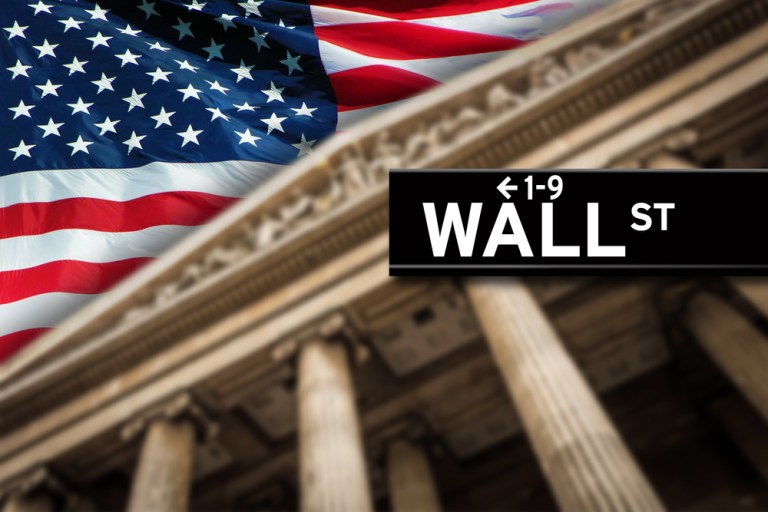
Live by the central banks, die by the central banks.
The age of easy money and low interest rates — and, in some cases, negative interest rates — will have to draw to a close. Possibly, sooner rather than later. And that eventuality bodes ill for stocks — or, at least, most of them.
The last few weeks of September will see a double-barreled shot, of sorts, as two stalwarts in loose monetary policy may signal that they are on the cusp of stepping away from that guiding principle — or not. And since policies that have been in place have, thus far, done little to really stimulate economic growth, in the United States and Japan, the question remains as to what to do for an encore.
Next week, the U.S. Federal Reserve will meet and, at the conclusion of the two-day confab, will offer economic outlooks and also the decision over whether to raise rates. If the Fed does indeed hike, it would be the second boost seen in the past year, albeit one that has been in the offing for months. The conventional wisdom holds that the Fed will, in fact, not raise rates next week. In fact, The New York Times reported that at least one Fed official, Lael Brainard, who serves on the Fed’s roster of governors, said she favors prudence in increasing rates. Other Fed officials, however, have been on record as stating that the U.S. economy is strong enough to weather — and indeed should weather — another benchmark rate increase, certainly by the end of this year.
Keep in mind that the jobless rate in the U.S. stands at 4.9 percent, with the indication that wage hikes may be in the offing. That means price increases, and that augurs inflation, which would mean, at some point, rate hikes, though up from an admittedly narrow and quite low range of 25–50 basis points via the federal funds rate. With unemployment at such low levels, the real chances of recession are becoming less likely, which also means that rate hikes are becoming more likely.
Separately, the Bank of Japan (BoJ), which also will be meeting the same days as the Fed (Sept. 20–21), may be on the verge of abandoning its negative interest rate policy at some point — but likely not soon. Reuters reported that the BoJ, as it is colloquially known, is considering making negative interest rates a continued centerpiece of monetary policy, where bond buying has just not been enough to stimulate the economy. The thinking is that, as the bond buying has not worked, then the best way to keep business flowing (and markets steady) would be to keep rates low, which encourages, at least theoretically, companies to borrow, expand and grow the economy.
Grand experiments on both ends, for the U.S. and for Japan. But stocks are wary that the Fed may hike “too soon,” which is what has been behind recent swoons in equities. For banks, the “when and not if” scenario of rate hikes means that net interest margins are likely to expand, as they can charge borrowers more and the spread between short-term rates and long-term rates deepens. That sector may be a lone port in a sea of volatility.